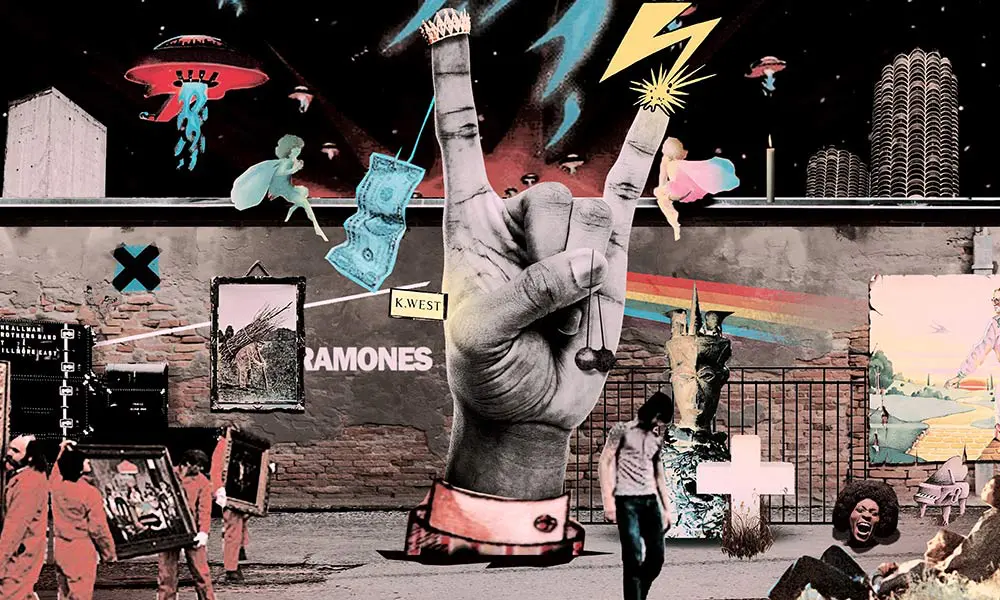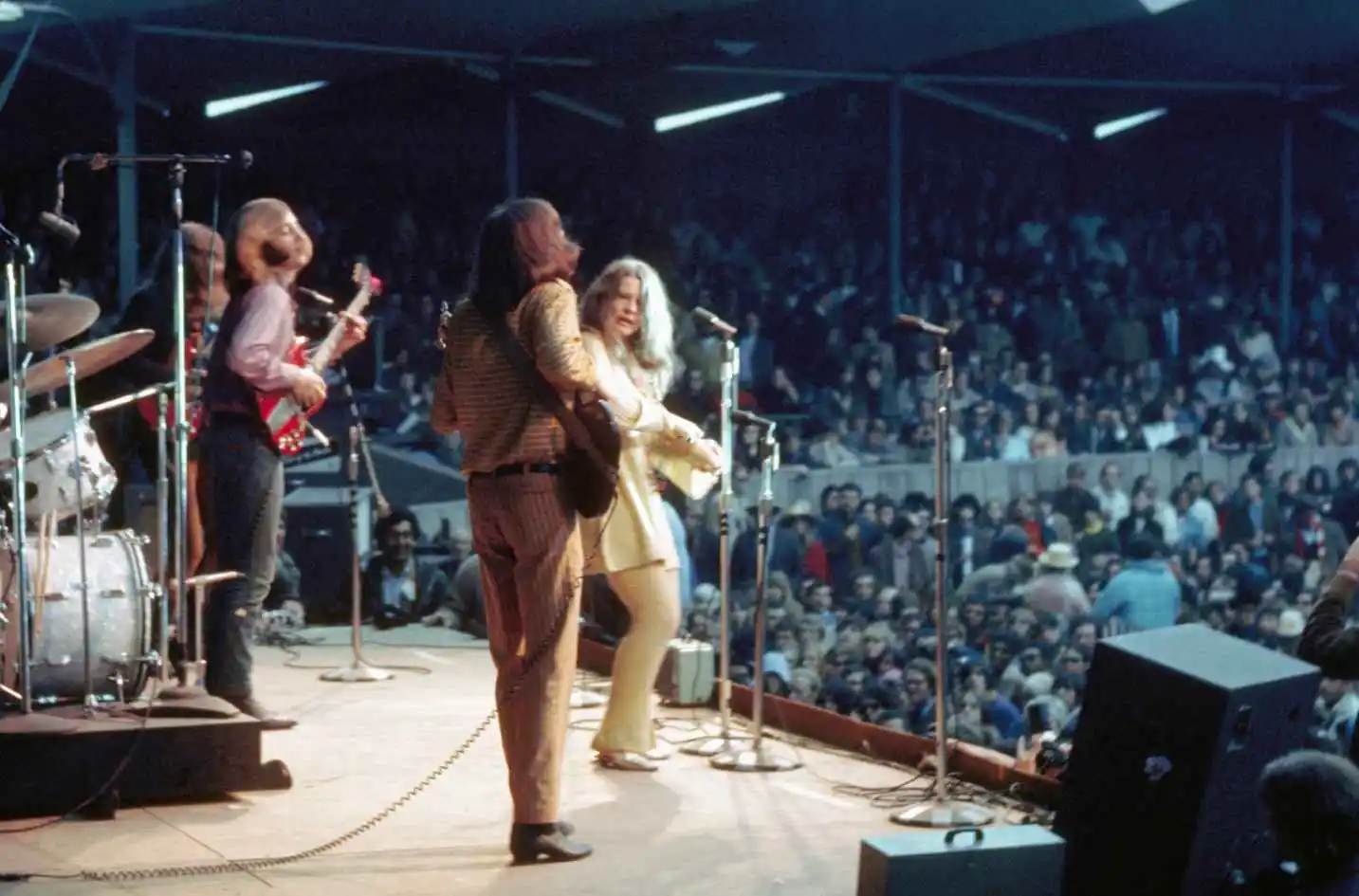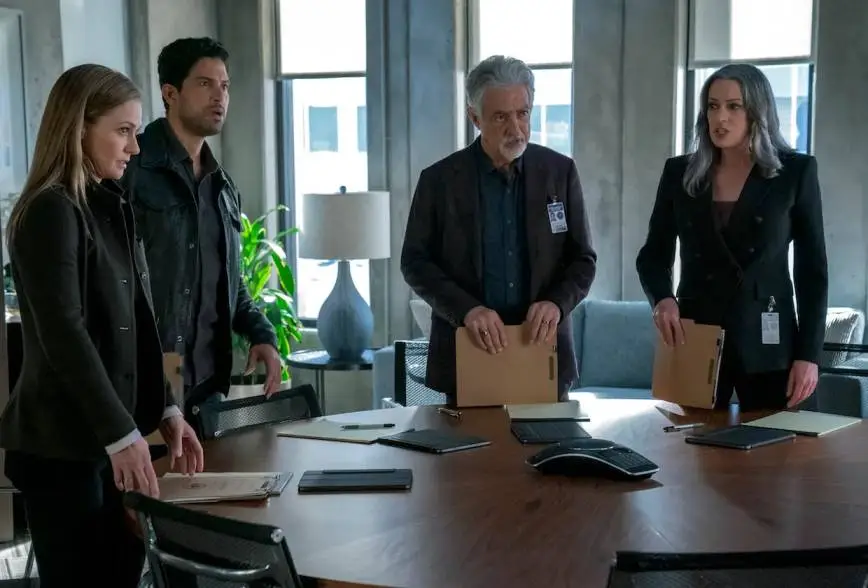By 1900 modern cycles had started to reshape all lives and all culture. Well known music was going to be changed. Stephen Encourage during the 1800s was the principal essayist of melodies that were unmistakably pop, tunes that would later be performed by craftsmen going from Nat Ruler Cole to the Beatles without anybody seeing that they were over 100 years of age. By the turn of the 100 years, the old style standard, society tunes, and ditties were being packed out by Tin Skillet Rear entryway.
Something that strikes you when you take a gander at the world at the turn of the 20th hundred years, on 1 January 1900, is the way shockingly current it was. There was refrigeration, focal warming, phones; vehicles and planes were not far off. It was an alternate world, yet an entirely unmistakable one. By 1900 modern cycles had started to reshape all lives and all culture. Well known music was not safe, and it was going to be changed.
There was large scale manufacturing regardless; this was a main thrust in expanded piano deals in both England and America somewhere in the range of 1870 and 1910. A huge number of pianos in the bars and drawing rooms of England were given by enormous plants in Kentish Town, north London. Student of history Ann Douglas has said that piano education was nearly essentially as high as print proficiency among richer American ladies. It was an indication of prosperity and culture.

In New York, the Gershwin family procured a piano in 1910, which was lifted through the window onto the second floor of their home, initially for their child Ira. Thus, in England and America the printed music industry kindly filled a vacuum. The piano in the parlor turned out to be more practical once large scale manufacturing cut down the expense of printed music: during the 1890s it was as yet normal for a duplicate of a well known tune to hinder you four shillings, yet by 1900 you had the "sixpenny songsheet.
There were record organizations as well, which - when somebody had the splendid plan to join a piece of paper to the clear circle in the focal point of a plate - likewise became known as record names. Thomas Edison had found kept sound in 1878, yet it was only after 1894 that he at long last concurred that the 'talking machine' or 'phonograph' that played and recorded on wax chambers was a mode of diversion as opposed to a transcriber's guide or directing machine.
All through the 1890s he was taken part in lawful, patent and copyright questions with the German-conceived designer Emil Berliner, who had thought of the level "gramophone" circle. The way to making it a business prospect was duplication. That's what berliner found assuming he made a "negative" metal circle from the first recording and utilized this negative stamper to squeeze records, then, at that point, he could start a new business. In 1901 the greatest American mark, Columbia Records, which up to that point had been utilizing Edison's wax chambers, embraced Berliner's more advantageous 78 cycles each moment 10-inch circles, and the organization of the age - straight up to the wild 'time - was set.

The coming of recorded sound and talking machines additionally provided us with the earliest days of the music press. Early gramophone magazines, when deals of 78s were low and slow, read similarly as they would during the 1960s. Phonoscope (US, 1896), Sound Wave and Talking Machine News (UK, both 1906) all included arrangements of new deliveries and surveys of the current week's 78s, and they give major areas of strength for an of what "well known music" implied at the beginning of the recording business: band top choices, military and in any case; old style symphonic music; arias, dramas, operettas and other melodic shows; banjo two part harmonies; music-lobby and entertainer tunes; gospel; and, then as could be, famous ditties. Whistling performances were enormous when the new century rolled over, as were vaudeville satire schedules. Accounts were evidently utilized in American schools to give rhythms to walks, marches and gatherings.
1894 saw the main release of an American exchange magazine called The Bulletin, a "month to month resume of all that is new, brilliant and intriguing on the sheets." It wasn't at first set up fully intent on covering the incipient music industry, which it didn't wander into until 1904, yet was all things considered "gave to the interests of sponsors, banner printers, bill banners, promoting specialists, and secretaries of fairs." It incorporated a page of "Bill Room Tattle" - by 1897 renamed "Stage Tattle" - which prepared for what might later illuminate and rule the English and American music press.
Famous music wasn't imagined with the gramophone and the 78. The principal genuinely American musician, and one not terrified to expound on current undertakings, was likely John Slope Hewitt, who composed the most well known melody of the 1820s, "The Entertainer's Return'd from the Conflict," about a fighter conflicted between his young lady and his country (after 150 years, its subject would be resuscitated on "Billy Don't Be a Legend," an overseas number one). Hewitt rushed to detect a pattern, making him the primary conspicuous essayist of American famous tune. Drama was having a second during the 1830s? He stated "Gardé Vous," for an operetta called The Detainee of Rochelle. Swiss warbling families were surprising America during the 1840s? Hewitt quickly delivered "The Snow capped Horn" in 1844.
The vast majority of Hewitt's melodies are scarcely recalled today, yet Stephen Encourage's are: O Susanna, Camptown Races, Swanee Stream, Lovely Visionary. It's difficult to accept they were really composed, with a pen and ink, by an individual, and not simply culled from a tree. "Wonderful Visionary," particularly, is imperishable; assuming you were informed it had been written during the 1930s by Rodgers and Hart, or during the 1960s by Sedaka and Greenfield, you wouldn't wince.
Cultivate composed it in 1862, two or three years before he passed on. That was likewise the year in which the principal stretch of the Thames bank was constructed; a regulation was passed in England that implied brutal burglary was to be deserving of flagellating; and dear Otto von Bismarck gave his "blood and iron" discourse about bringing together Germany. Master Palmerston was state leader, meaning any open house called the Ruler Palmerston presently couldn't seem to be constructed. It was an extremely quite some time ago. (It was additionally the year George "Geordie" Ridley originally sang "Blaydon Races" at Balmbra's Music Corridor in Newcastle-upon-Tyne, yet a greater amount of that later).
Cultivate was the main essayist of melodies that were unmistakably pop, tunes that would later be performed by Nat Ruler Cole, the Byrds, Bing Crosby, the Ocean side Young men, Jerry Lee Lewis, Charles Ives, Mavis Staples, John Prine, Bounce Dylan, Foghorn Leghorn, and the Beatles, without anybody seeing that they were in excess of 100 years of age. Encourage even looks present day in photographs.
He attempted to earn enough to pay the rent as an expert musician when no such calling existed. John Slope Hewitt had shown young women how to play piano and composed tunes in his extra time, yet not set in stone to be a trend-setter. Tragically, his printed music would be distributed by a few unique organizations, and - still a few decades from secure distributing copyrights - there was minimal Cultivate could do to stop it. He was unable to telephone a maverick distributer in New York and ask what in blazes was going on, in light of the fact that a telephone can't really exist. All things considered, he moved from Pennsylvania to New York, sold his melodies for a concession and fell into neediness. At some point, he slipped and hit his head on the sink in his Bowery lodgings, gouging his head. He was taken to Bellevue Clinic, yet they couldn't save him since there were no blood bondings at this point, nor anti-microbials. A man in a tight spot, Encourage kicked the bucket broke, matured 37, in January 1864.
New Yorkers Alexander and Thomas Damages set up one of the absolute first American music distributing organizations in 1875. T. B. Hurts and Co. stood apart as it gladly sold contemporary famous music, as opposed to strict or old style, and sold it well. The outcome of melodies as dresser Paul's "The Letter That Won't ever come" (1886) drove different distributers to open workplaces close to the Damages siblings, in and around Lower Manhattan's Association Square. Max Dreyfus, who filled in as an arranger for the siblings, got them out in 1904 yet kept the name, proceeding to turn T. B. Hurts and Co. Inc. into a Broadway organization as the distributer for Jerome Kern, George Gershwin, Vincent Youmans, Richard Rodgers and Cole Doorman. At a certain point during the 1930s the organization would distribute around 90% of Broadway's scores and show tunes.
In 1893 a Milwaukee lyricist called Charles K. Harris composed a sentimental ditty about a couple's misconception called "After the Ball" and thought it had potential. Instead of offer it to any semblance of T.B. Hurts for a 85 penny installment, he distributed the melody himself and afterward set about bullying laid out vocalists into performing it. To start with, it was shoehorned into a current yet bombing show called An Outing to Chinatown, independently changing the melodic into a hit. Thus, "After the Ball" turned into the primary printed music million-vender.
Harris had begun with just the right amount of ability and a great deal of neck. At eighteen years old he had set up his own music distributing organization at 207 Thousand Road in Milwaukee. Outside hung a sign that broadcasted: "Charles K. Harris, banjoist and musician. Tunes written to arrange." When John Philip Sousa's tactical band played "After the Ball" consistently during a six-week commitment at the 1893 World's Columbian Piece in Chicago, the melody's prominence compounded, and Harris chose to move his office to New York. The proceeded with outcome of "After the Ball" was sufficiently strong to rouse different lyricists to do likewise. Among his saucy developments, Harris was presumably the primary distributer to remember a photo of the vocalist for his printed music. This both spoke to buyers and kneaded the self images of the entertainers, charming Harris to them considerably more.
The Wild West feel of the early American music industry, where unfamiliar tunes were regularly pilfered and eminences were the stuff of legend, had reached a conclusion with the Worldwide Copyright Demonstration of 1891, also called the "Chace Act." Perhaps the earliest melody to benefit was "The Man That Burned through every last cent at Monte Carlo," composed by one Fred Gilbert, who sold it for £50 to the vocalist who put it on the map in England, Charles Coborn. William "Old Hoss" Hoey met Coborn out traveling to London and took it back to the States, where his rough grate of a voice made it an American hit. Coborn's £50 was very much spent: he made thousands from the tune.
These new hummable, dispensable tunes were business and expected to crush the old laid out musics. The old style group, people melodies and ditties were currently rivaling, and being packed out by, the racket of expert lyricists in the region of lower Manhattan that became known as Tin Dish Rear entryway. This was famous music, efficiently manufactured to arrange. It was "pop.”













